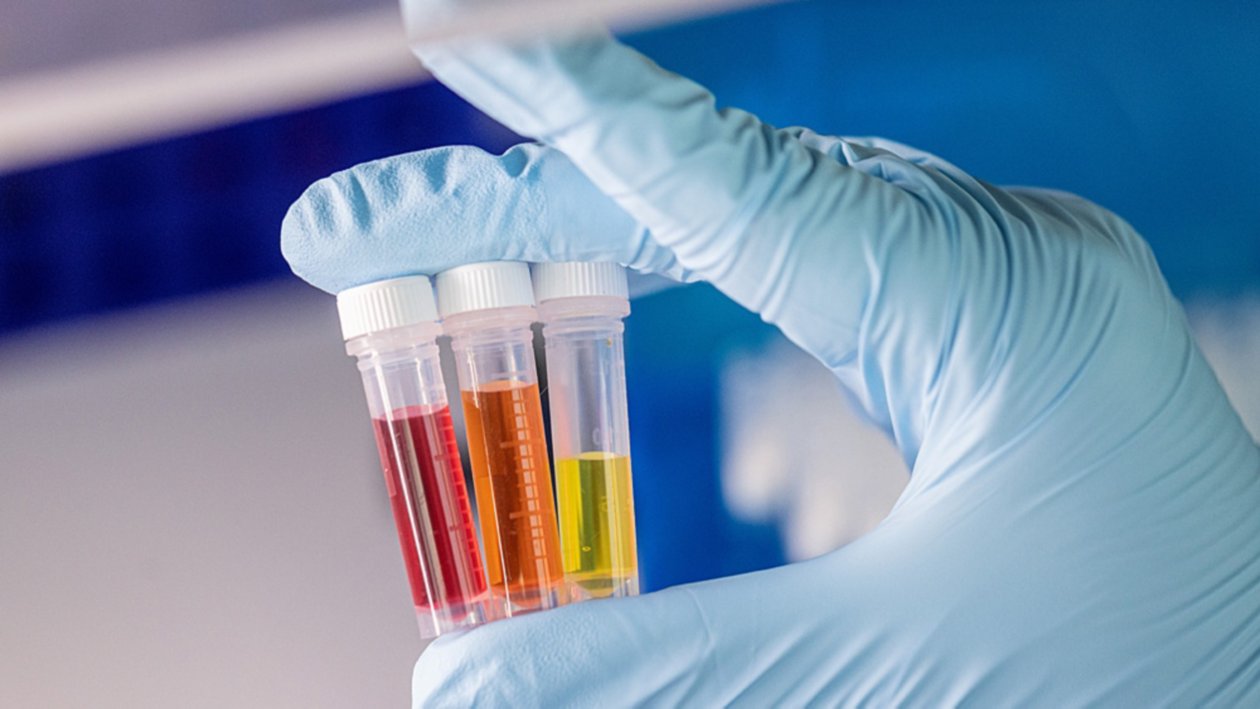
The global In Vitro Diagnostics (IVD) market is experiencing significant growth, with a projected worth of $119.4 billion by 2029. This market, essential in healthcare, involves medical equipment and reagents used to analyze samples outside the body for disease identification. The growth of the IVD market is primarily driven by factors such as the increasing prevalence of chronic and infectious diseases, technological advancements, and the emergence of rapid Point-of-Care (PoC) technologies. This article delves into the key aspects of the In Vitro Diagnostics market, exploring its dynamics, market players, and regional trends.
Market Dynamics
The In Vitro Diagnostics (IVD) market is witnessing substantial growth due to several key drivers. The increasing geriatric population and the subsequent rise in chronic and infectious diseases are major factors propelling market expansion. Technological advancements have revolutionized disease identification and monitoring, enhancing accuracy, sensitivity, and efficiency in diagnostics. The market also benefits from the emergence of rapid PoC technologies, allowing for quick and convenient testing outside traditional laboratory settings.
Regional Trends
- North America: Dominates the global In Vitro Diagnostics (IVD) market, with the US being a major player in this region. The market in North America is well-established, driven by increasing healthcare expenditure per capita and government initiatives.
- Asia-Pacific: Anticipated to be the fastest-growing region, offering significant growth opportunities. The region’s market growth is fueled by advancements in healthcare infrastructure and rising awareness about early disease diagnosis.
Key Market Players
Several major players operate in the In Vitro Diagnostics (IVD) market, contributing to its growth and innovation. Some prominent companies include:
- Roche Diagnostics (Switzerland)
- Danaher Corporation (US)
- Abbott Laboratories (US)
- Siemens Healthineers (Germany)
- Sysmex Corporation (Japan)
- Thermo Fisher Scientific, Inc. (US)
- Becton, Dickinson and Company (US)
Market Size and Growth
The IVD market is poised to grow at a Compound Annual Growth Rate (CAGR) of 6.9% from 2024 to 2029, reaching a value of $119.4 billion. This growth is fueled by factors such as the increasing awareness of early disease diagnosis, the introduction of disease-specific biomarkers and tests, and the adoption of automated analyzers. Despite these positive trends, challenges such as unfavorable reimbursement scenarios may hinder market growth in the forecast period. Several key factors are driving this expansion:
- Growing Awareness of Early Disease Detection: Early diagnosis is crucial for successful treatment outcomes. In Vitro Diagnostics (IVD) tests enable the detection of diseases at their earliest stages, allowing for prompt intervention and potentially better patient prognosis.
- Rise of Chronic Diseases: The global prevalence of chronic diseases like diabetes, cancer, and heart disease is on the rise. In Vitro Diagnostics (IVD) tests play a vital role in managing these conditions by enabling regular monitoring and treatment adjustments.
- Technological Advancements: New technologies like point-of-care (POC) testing are revolutionizing diagnostics. POC tests deliver fast results at the patient’s bedside, improving convenience and facilitating earlier treatment decisions.
- Increased Automation in Labs: Automated laboratory instruments are streamlining the testing process, enhancing efficiency and accuracy in IVD analysis.
- Focus on Personalized Medicine: IVD plays a crucial role in personalized medicine by identifying genetic variations that can influence disease risk or treatment response.
A Glimpse into the Future: Emerging Trends in IVD
The future of In Vitro Diagnostics (IVD) is brimming with exciting developments. Some of the key trends to watch include:
- The Rise of Companion Diagnostics: These tests are specifically designed to identify patients who will benefit from a particular drug therapy, leading to more targeted and effective treatments.
- The Integration of AI and Machine Learning: AI algorithms are being used to analyze vast amounts of IVD data, leading to more accurate diagnoses and personalized treatment plans.
- Telemedicine and Remote Diagnostics: The increasing adoption of telemedicine creates a demand for remote diagnostics, where IVD tests can be used for analysis at centralized labs while the patient consults with a doctor virtually.
- Focus on Minimally Invasive Testing: The development of non-invasive IVD tests, like those using saliva or breath samples, will enhance patient comfort and increase test adoption.
The Impact on Us: How IVD is Transforming Healthcare
The growth of the IVD market has a direct impact on our healthcare experience. Here’s how IVD is making a difference:
- Improved Accuracy of Diagnoses: Advanced IVD tests lead to more precise diagnoses, reducing the risk of misdiagnosis and unnecessary treatments.
- Earlier Detection of Diseases: Early detection allows for timely intervention, potentially leading to better treatment outcomes and improved survival rates.
- Personalized Treatment Plans: With the help of IVD, doctors can tailor treatment plans to individual patients based on their specific needs and genetic makeup.
- Enhanced Patient Care: Faster and more accurate diagnoses contribute to better patient care, reducing anxiety and allowing doctors to focus on personalized treatment strategies.
Conclusion
In conclusion, the In Vitro Diagnostics market is experiencing robust growth, driven by factors like technological advancements, increasing disease prevalence, and the demand for early disease detection. With key players leading the way in innovation and market expansion, the IVD market is set to continue its upward trajectory, offering improved diagnostic capabilities and better healthcare outcomes globally.






